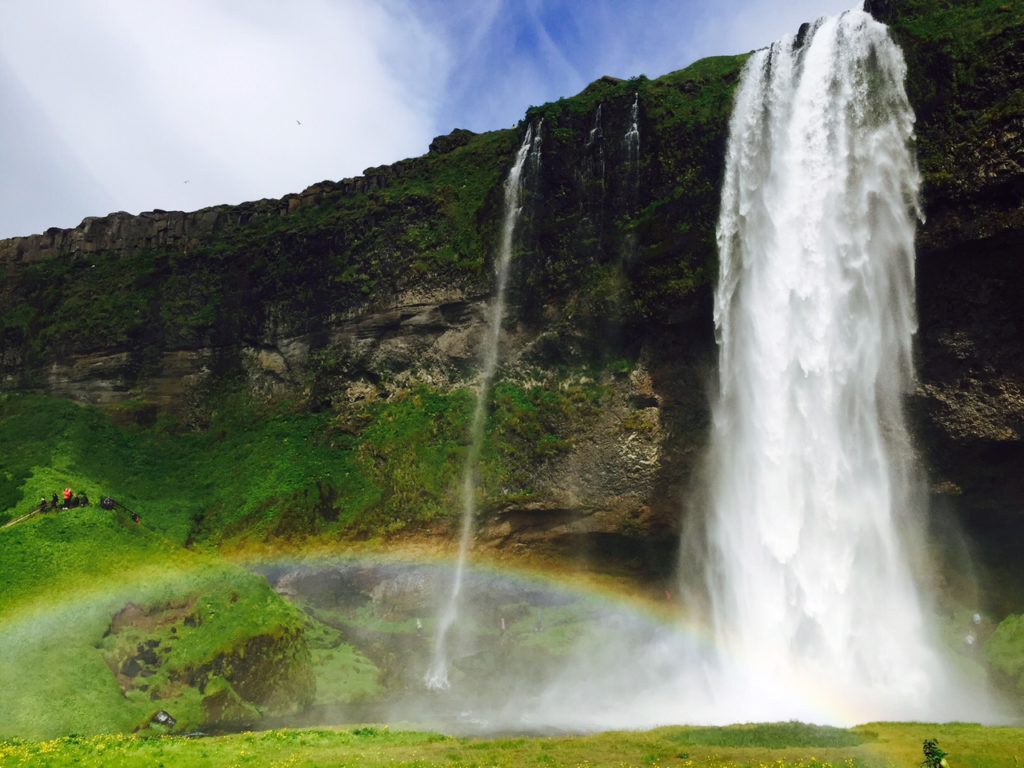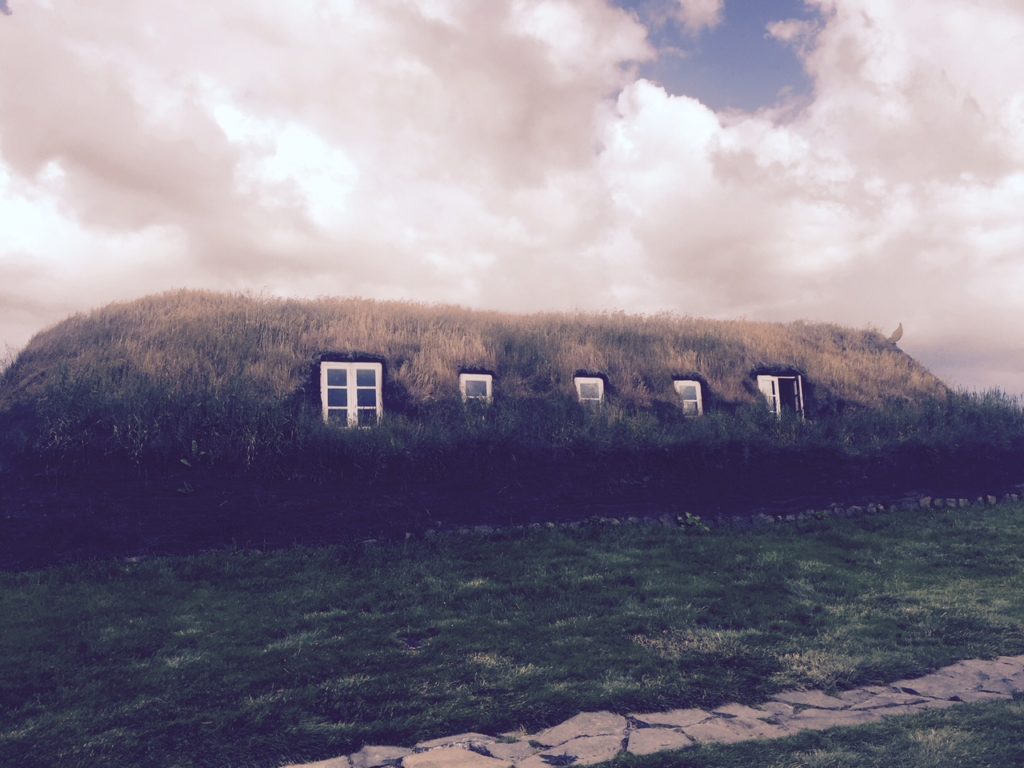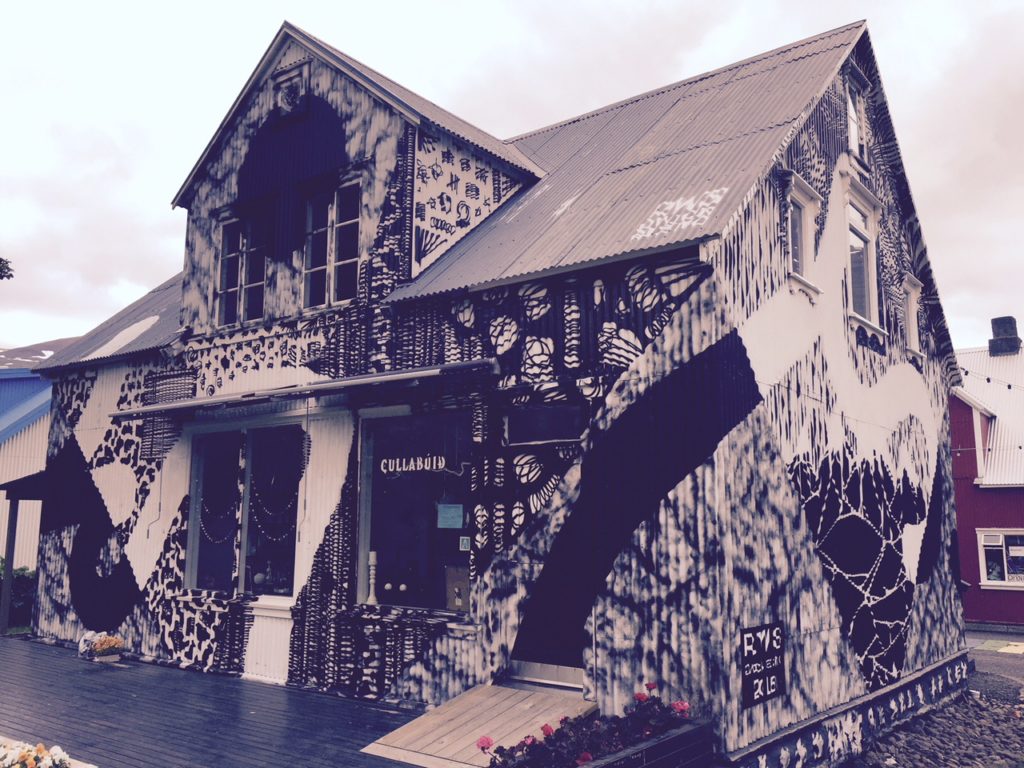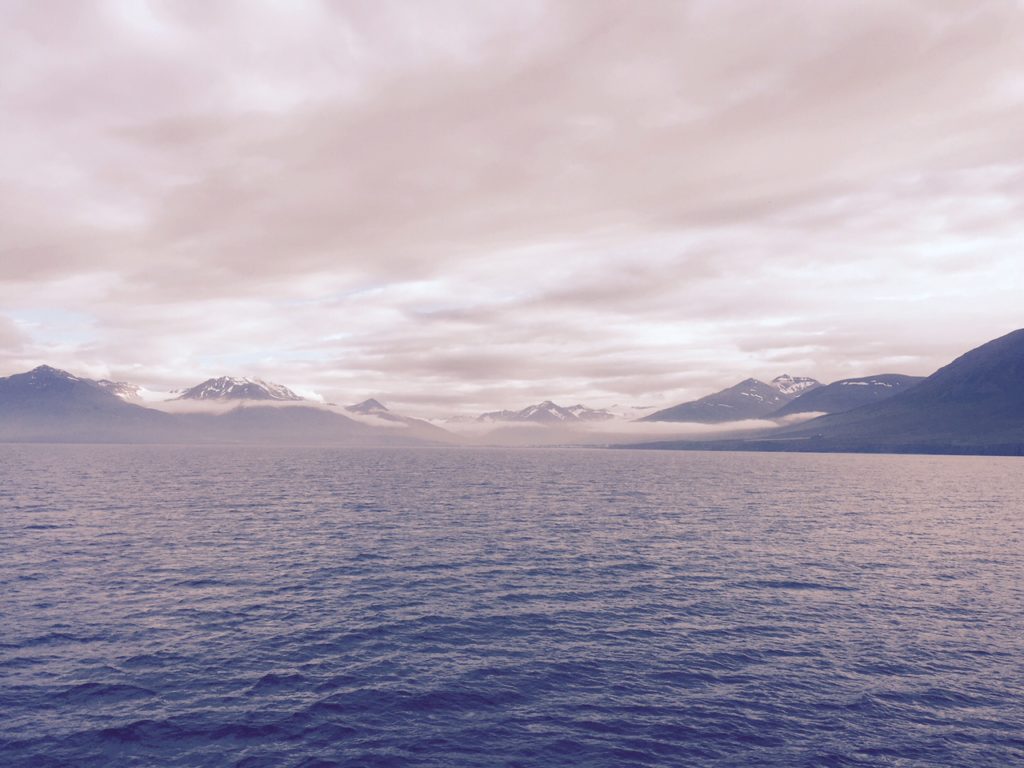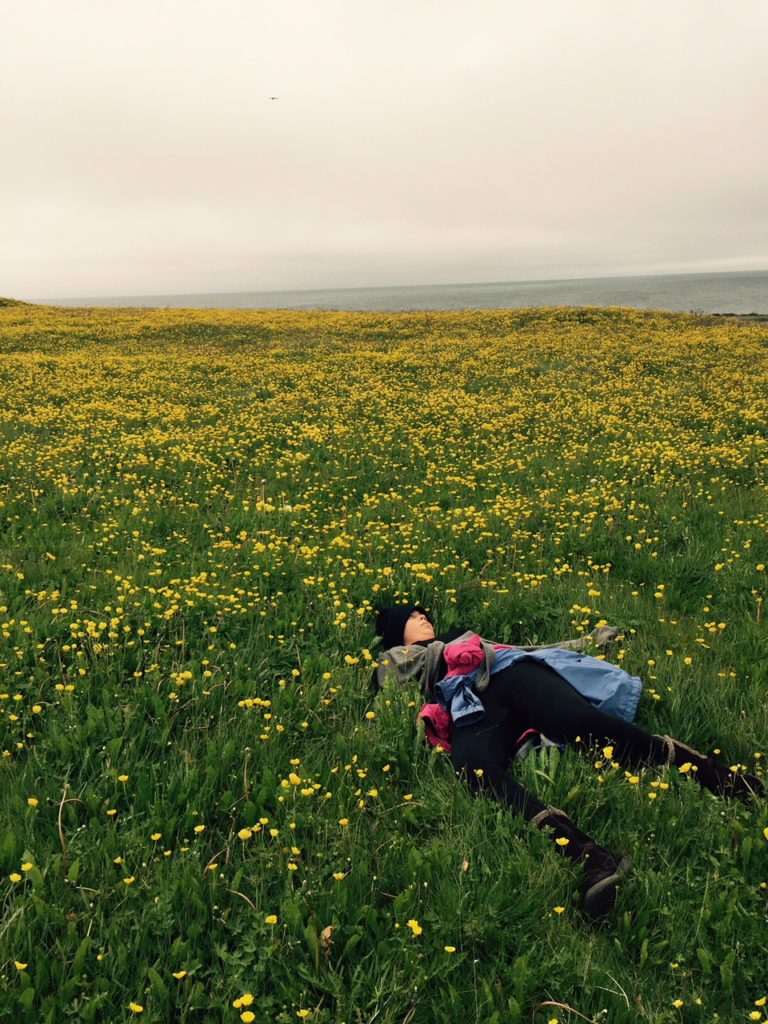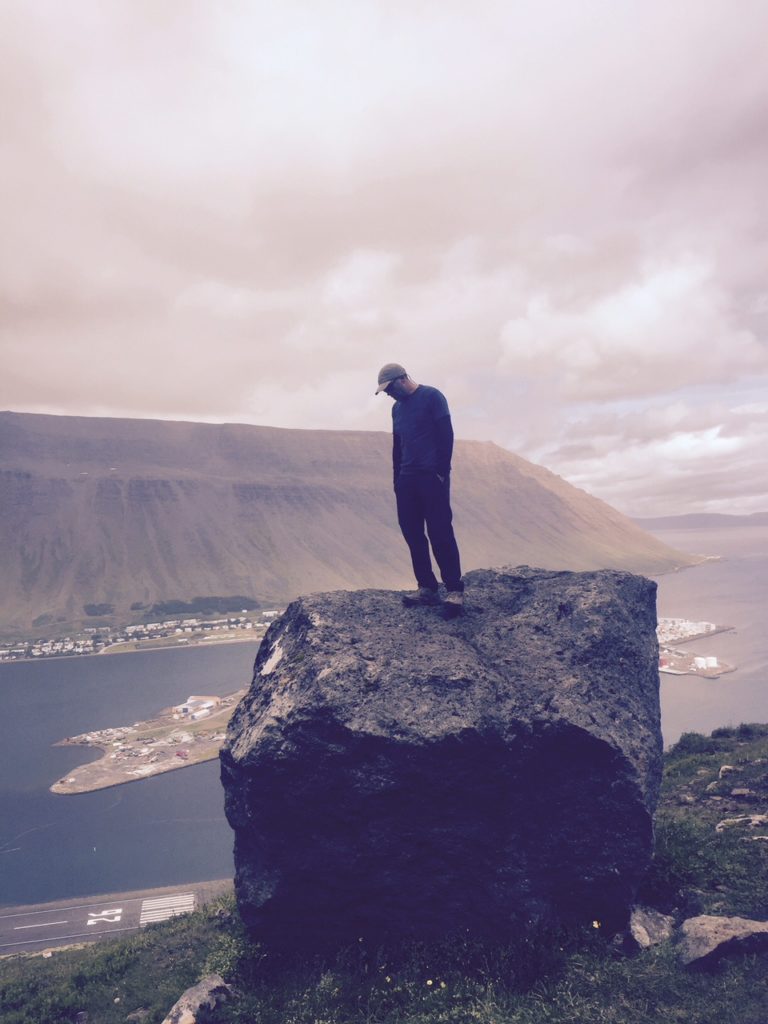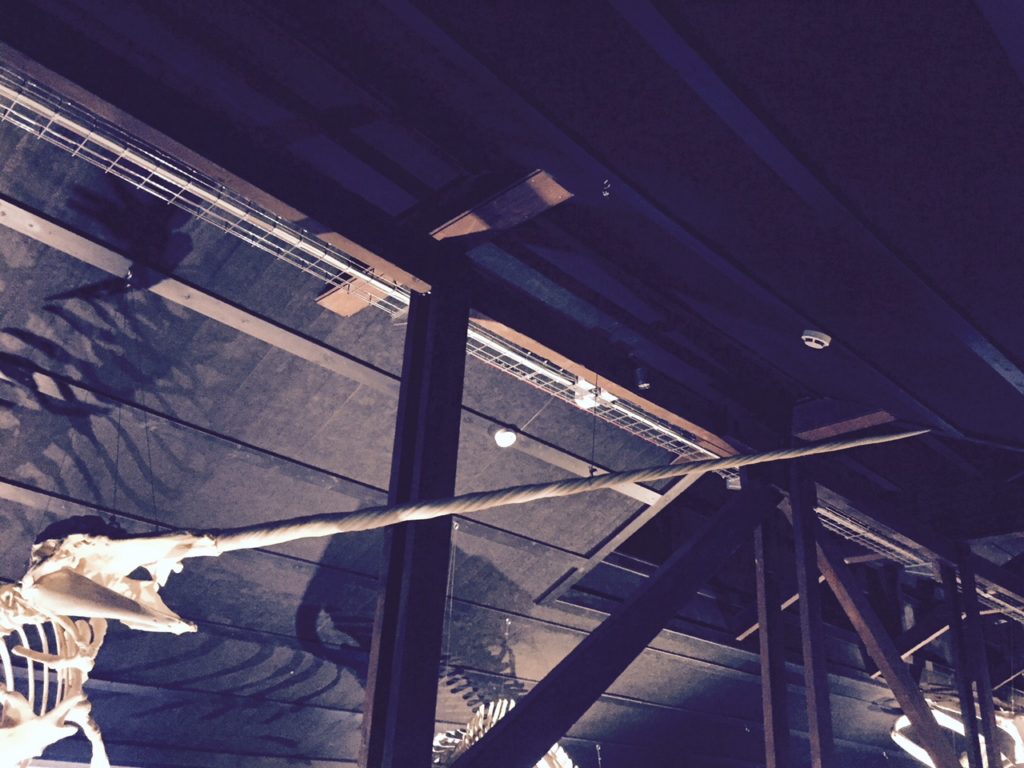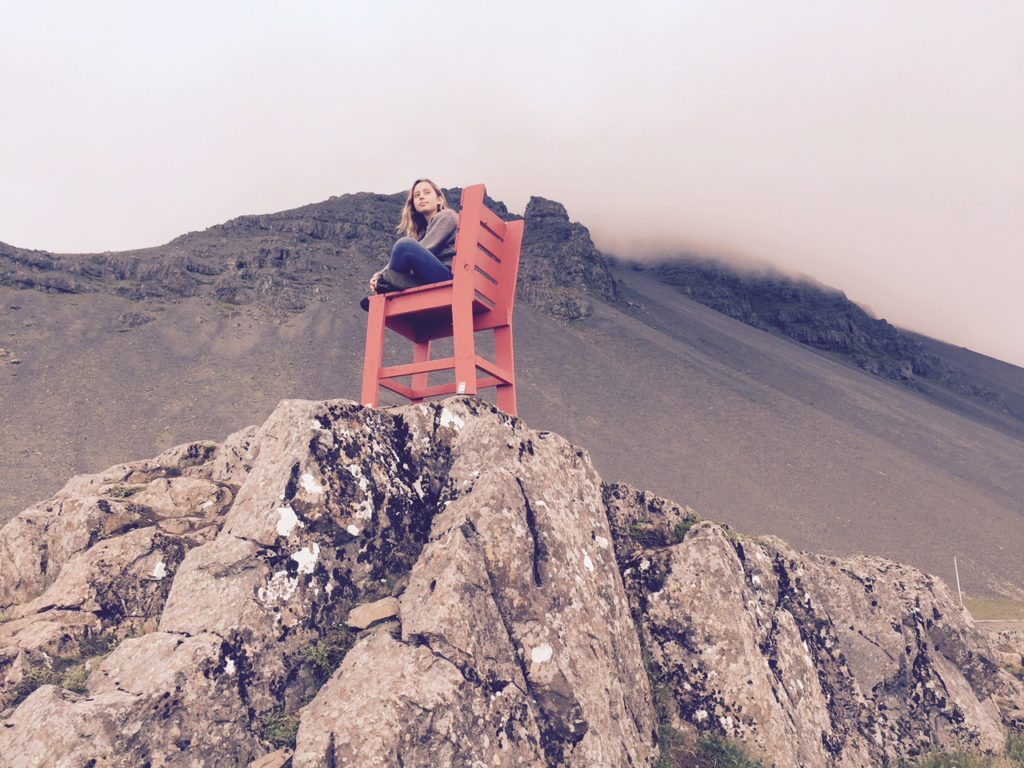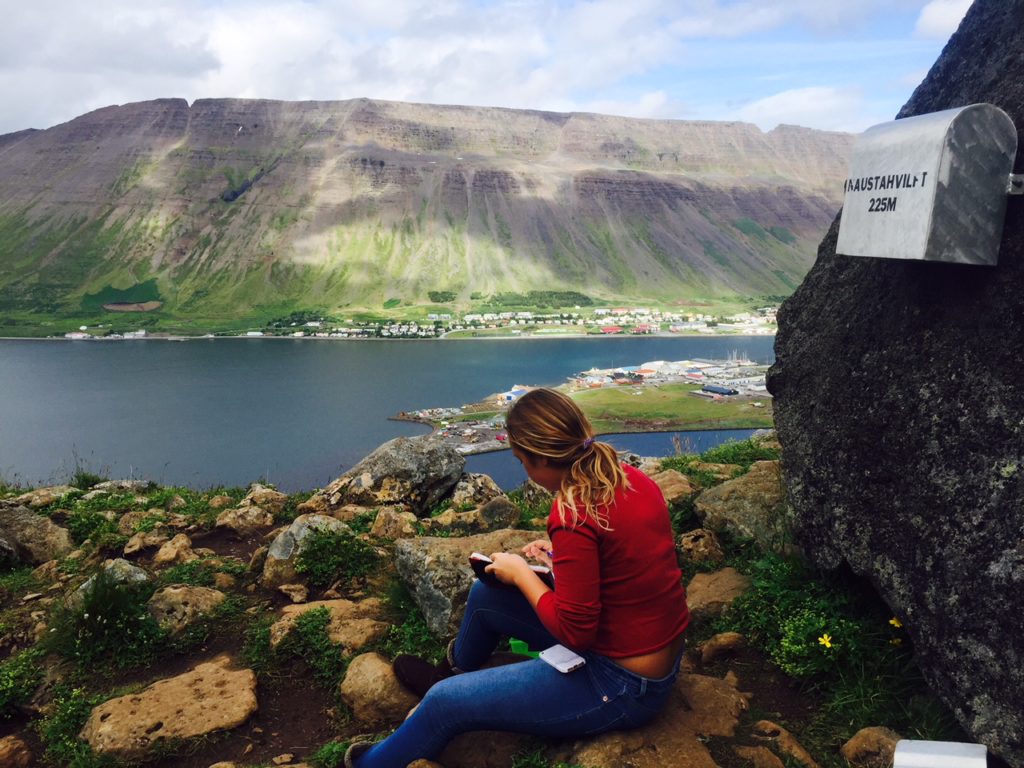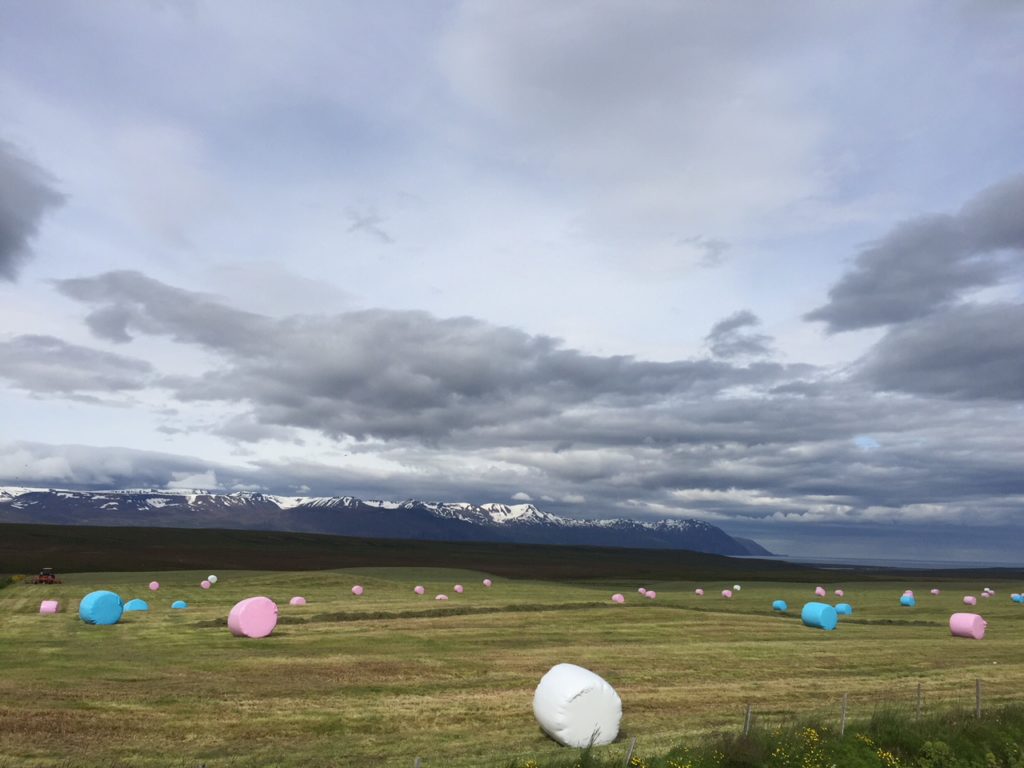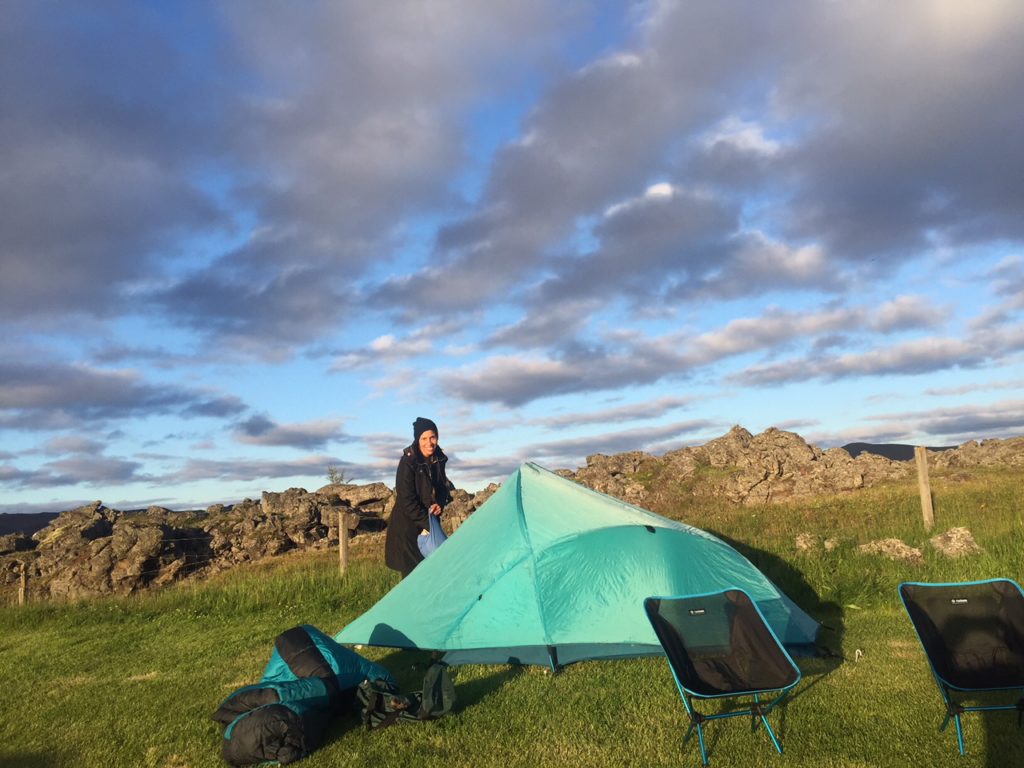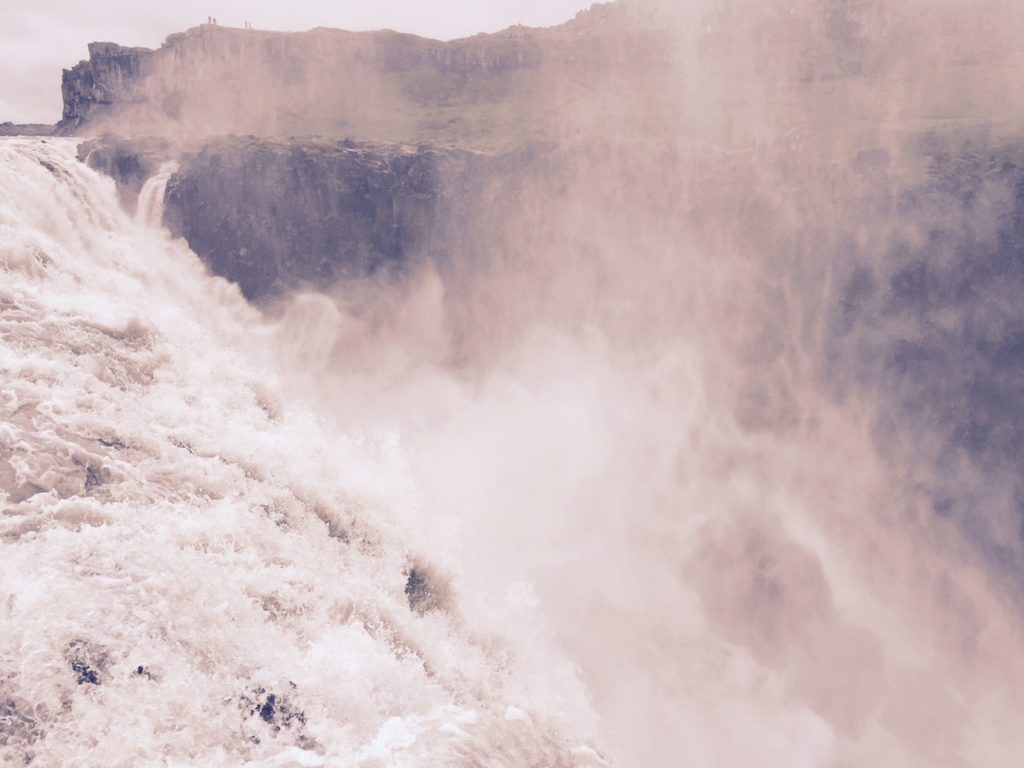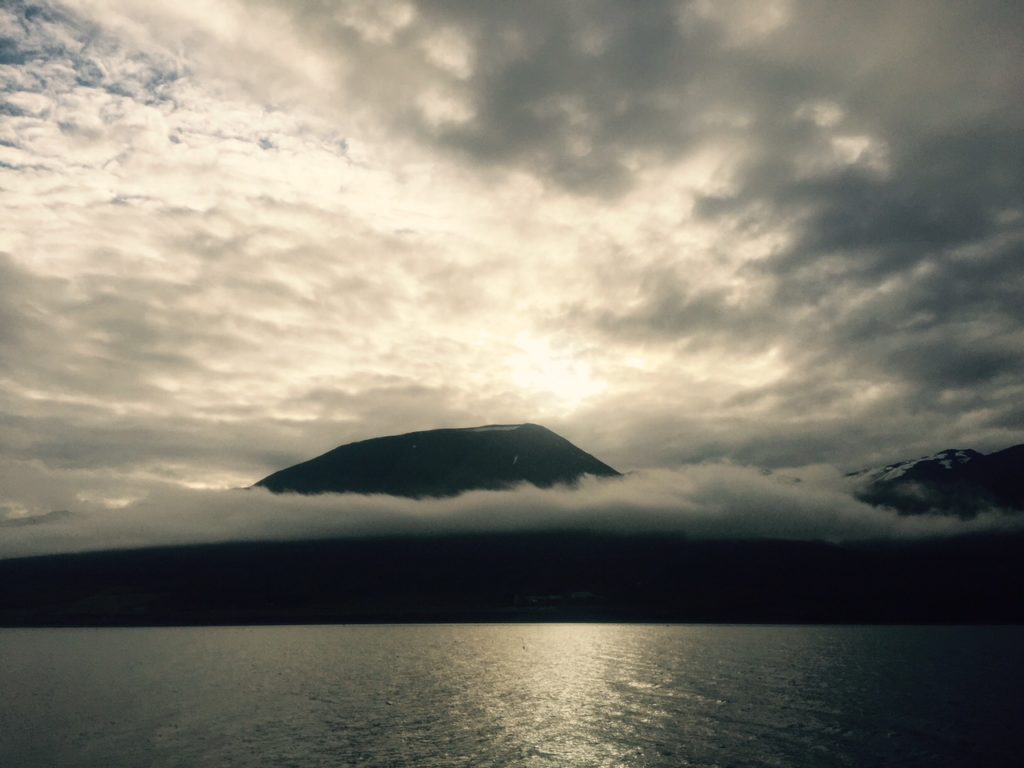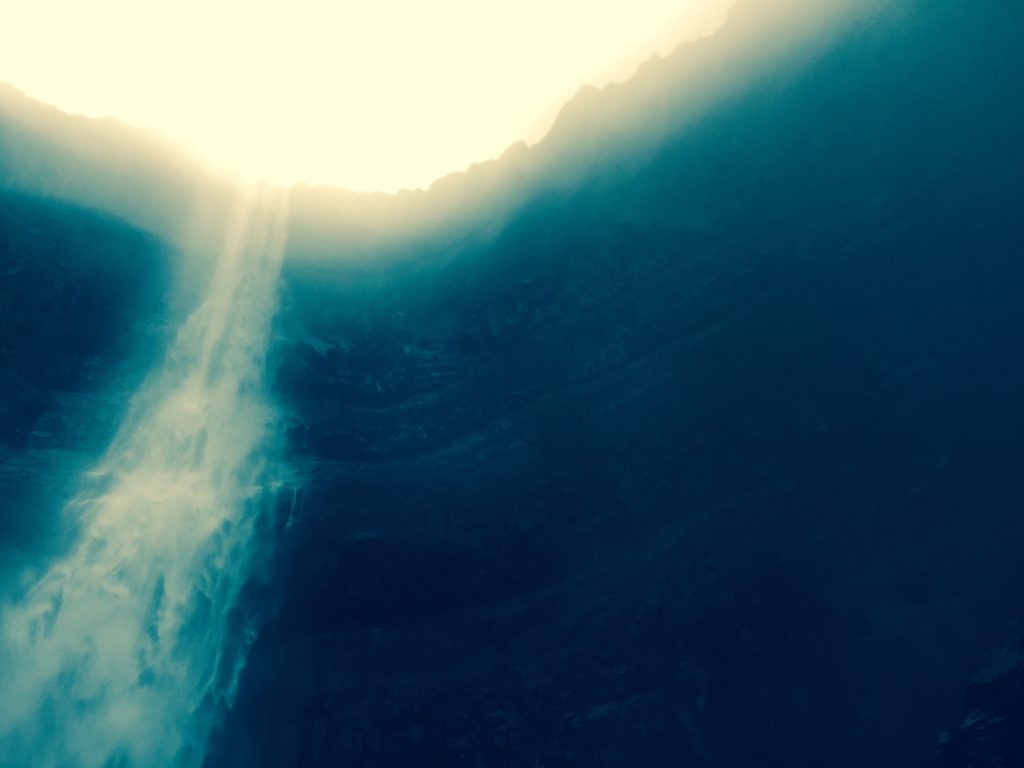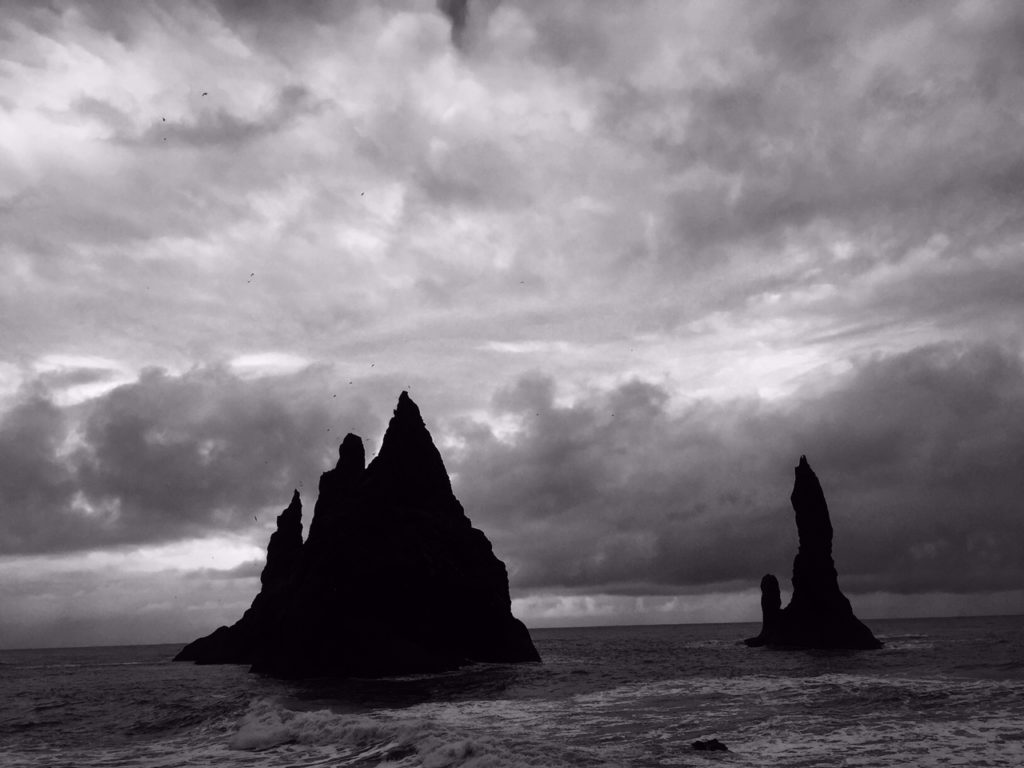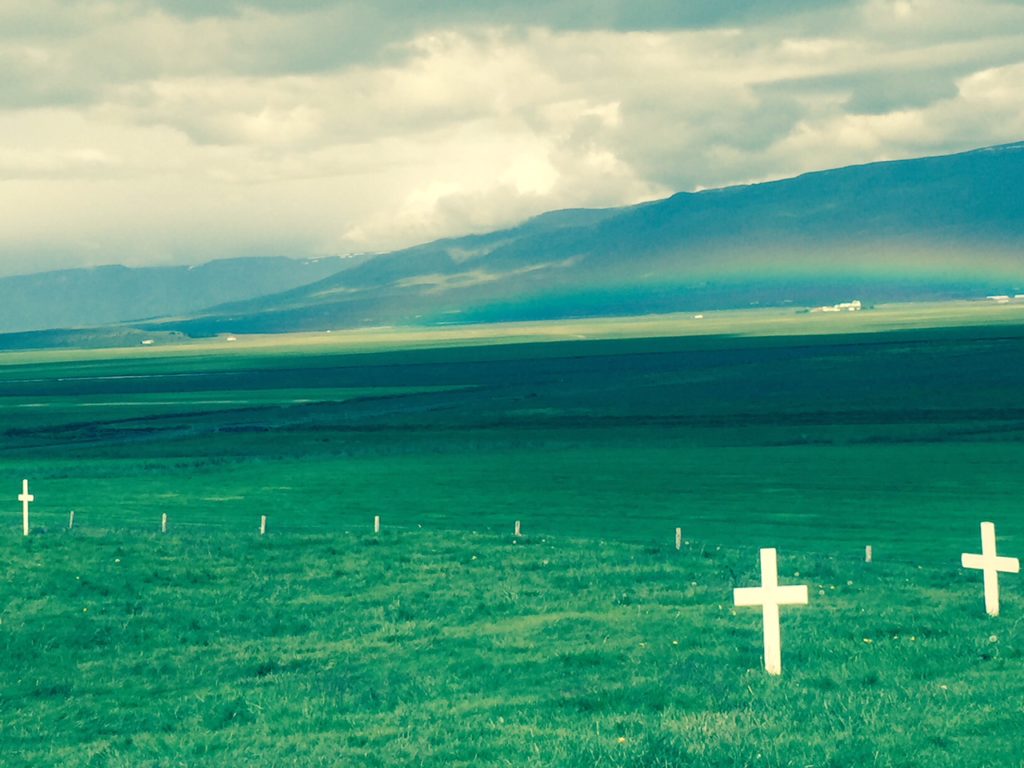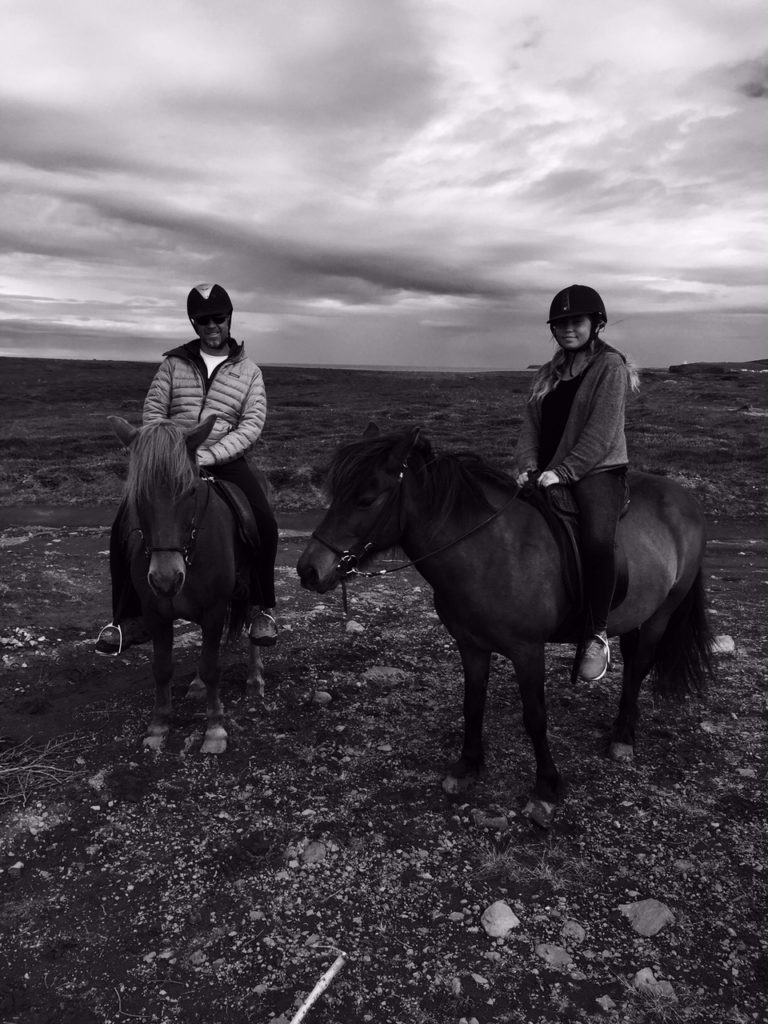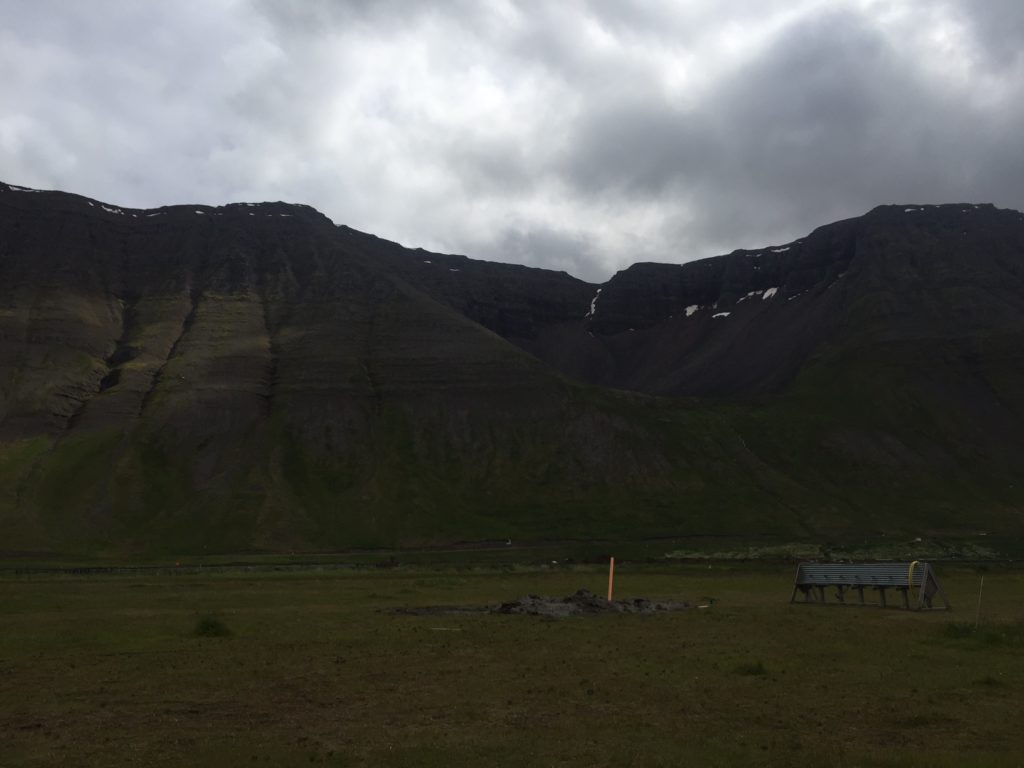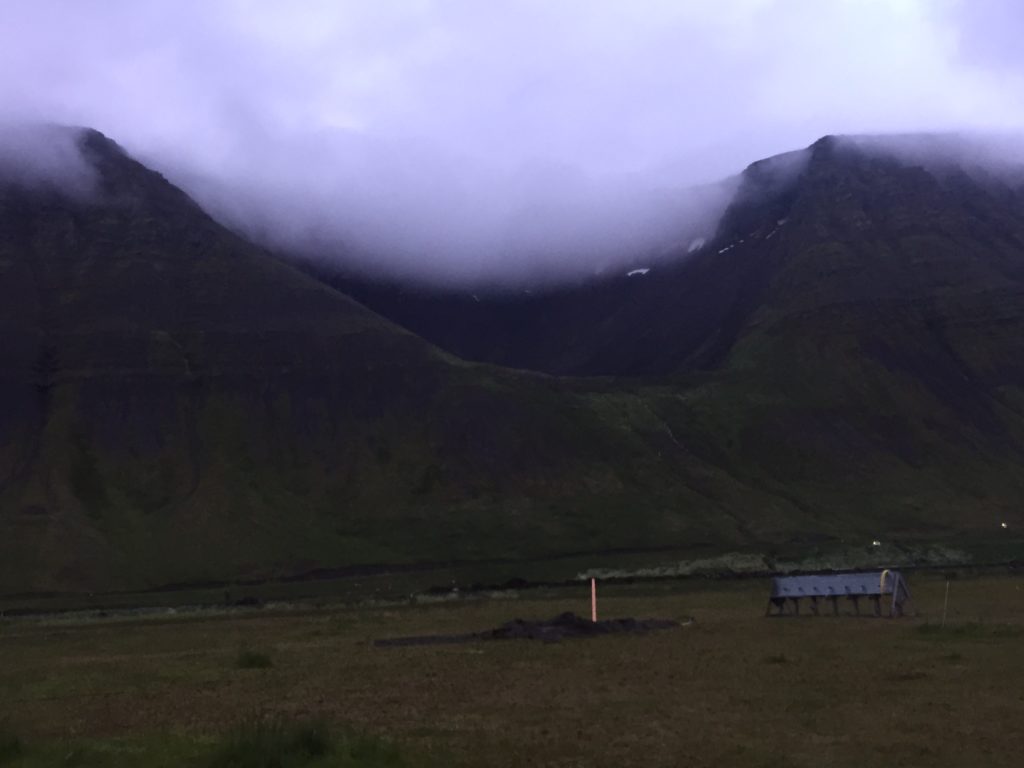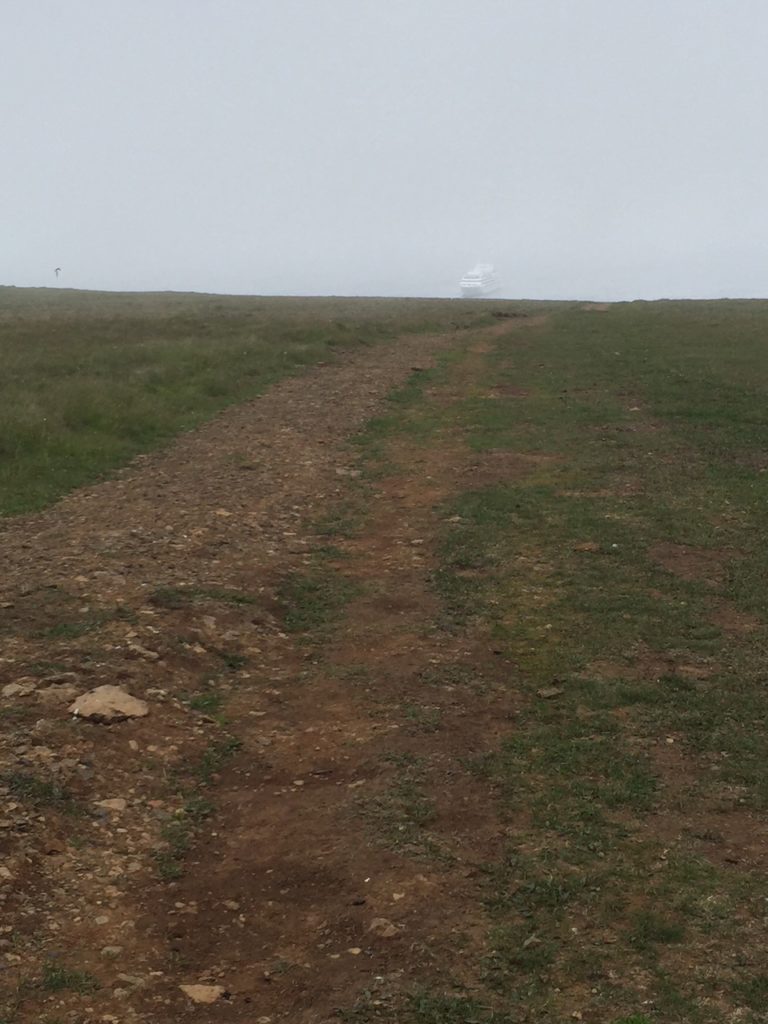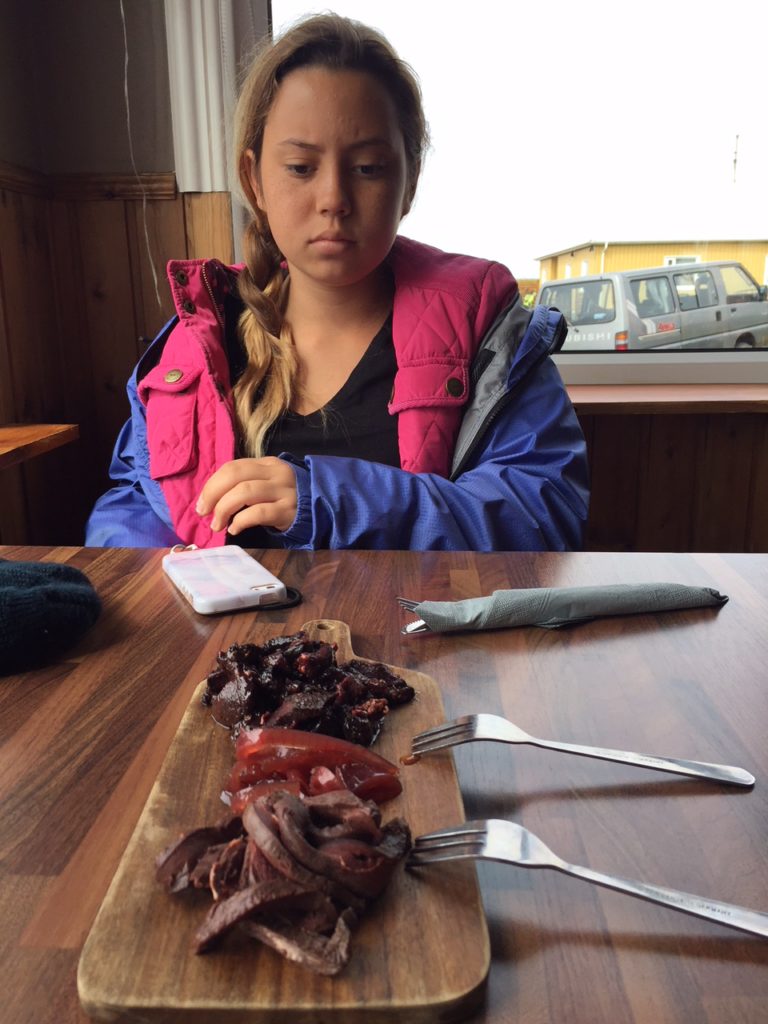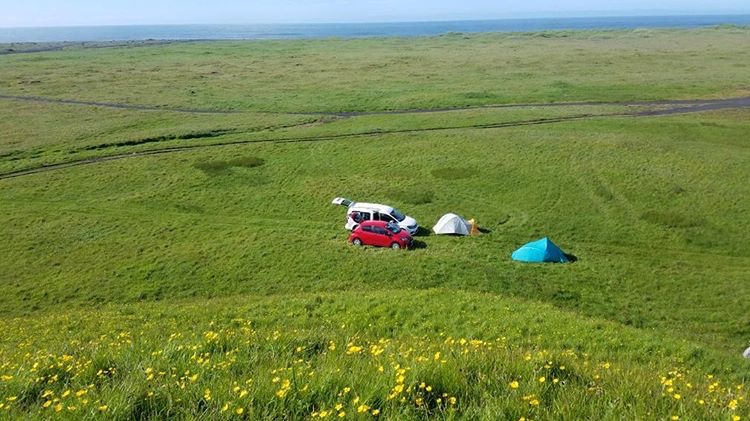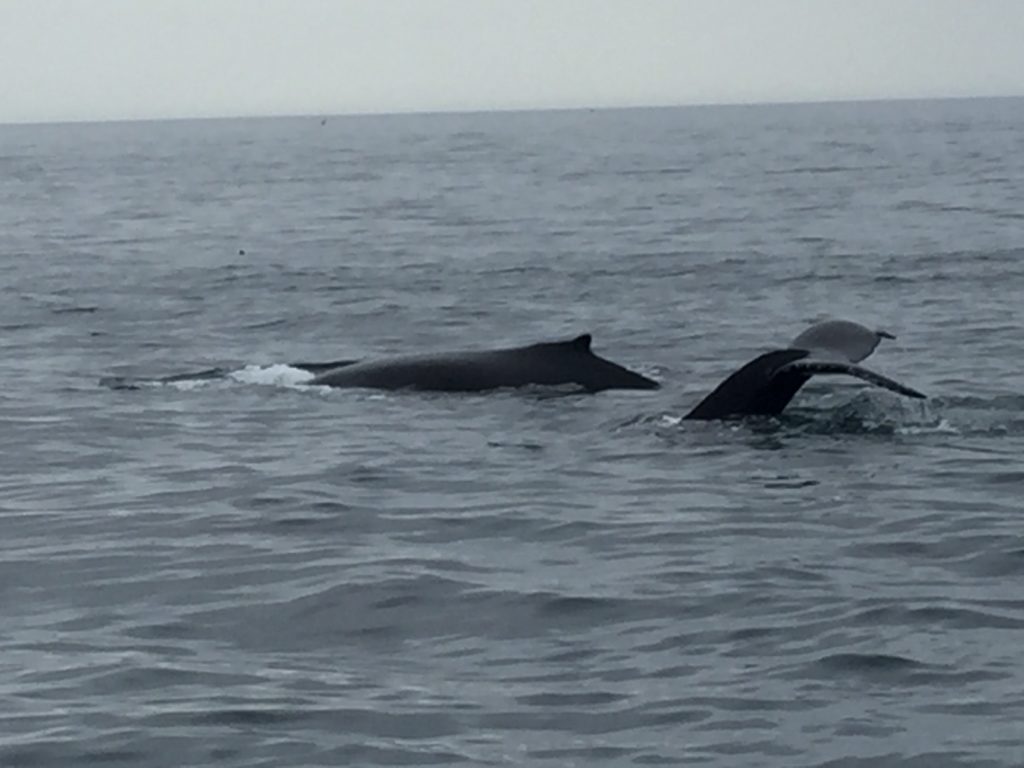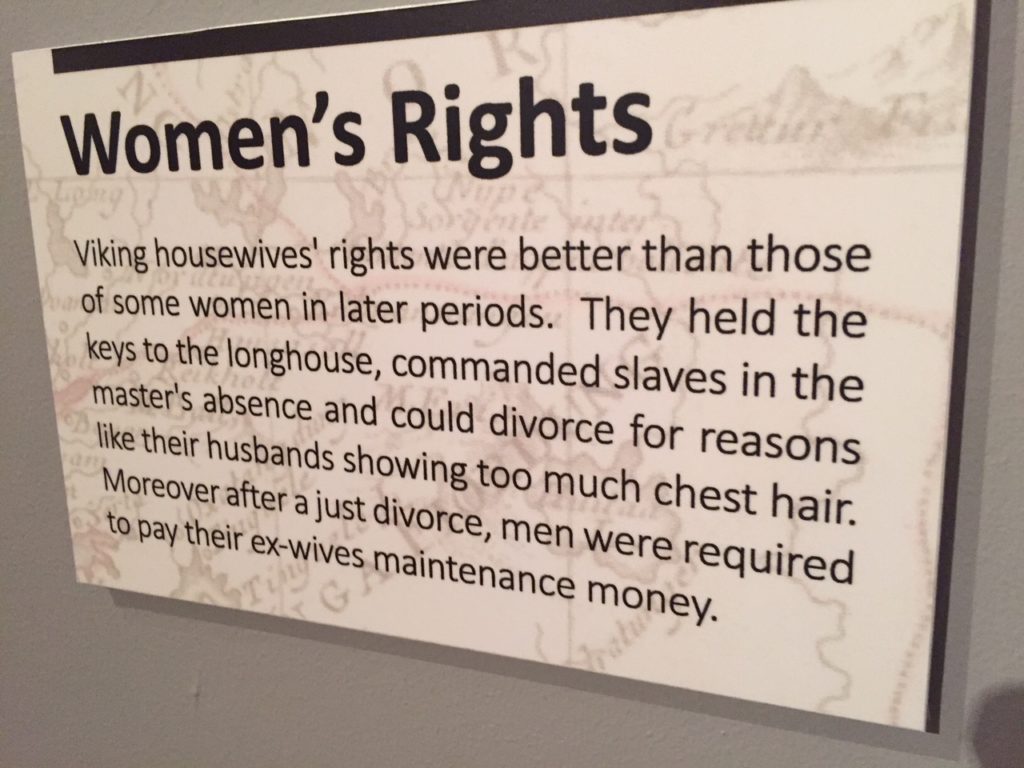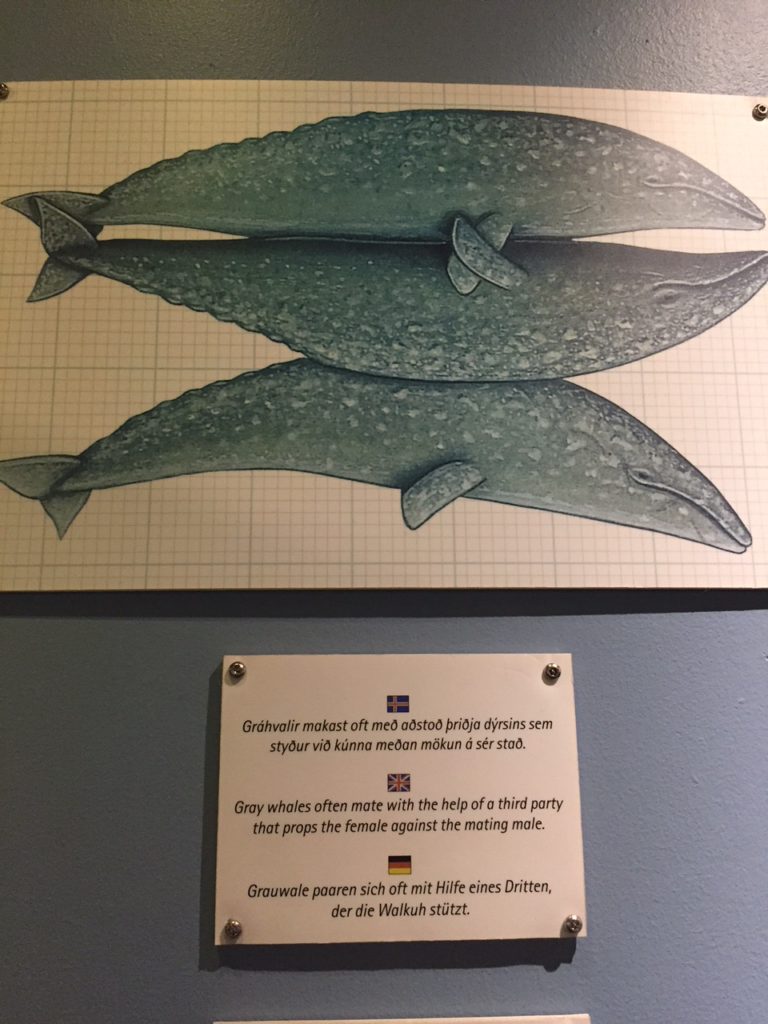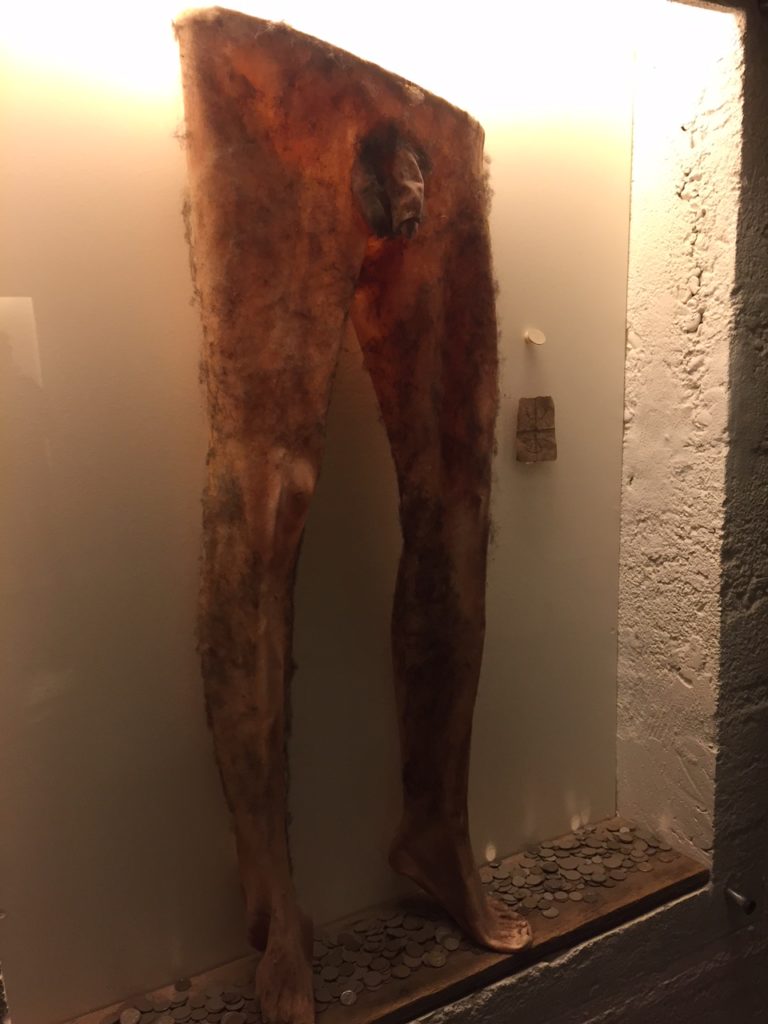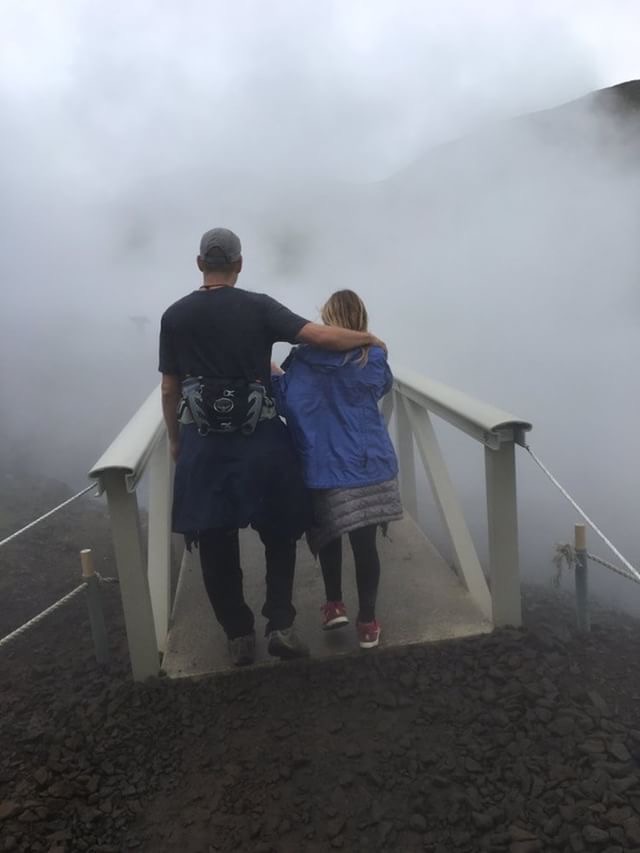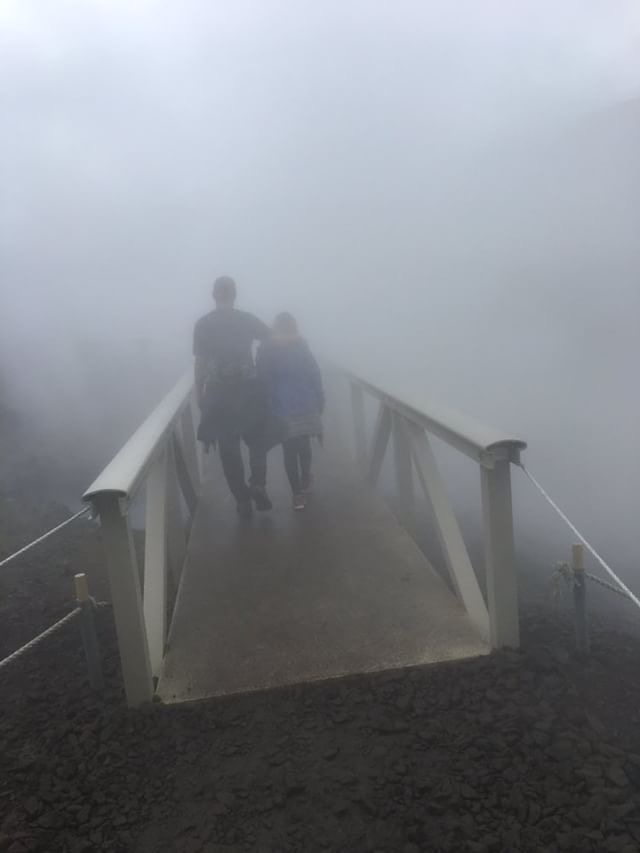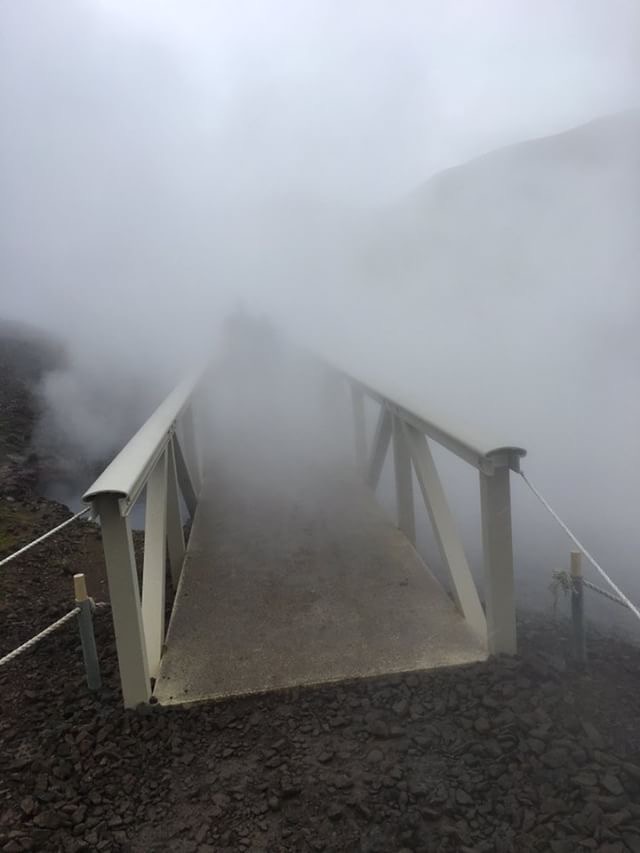
Category Archives: Iceland

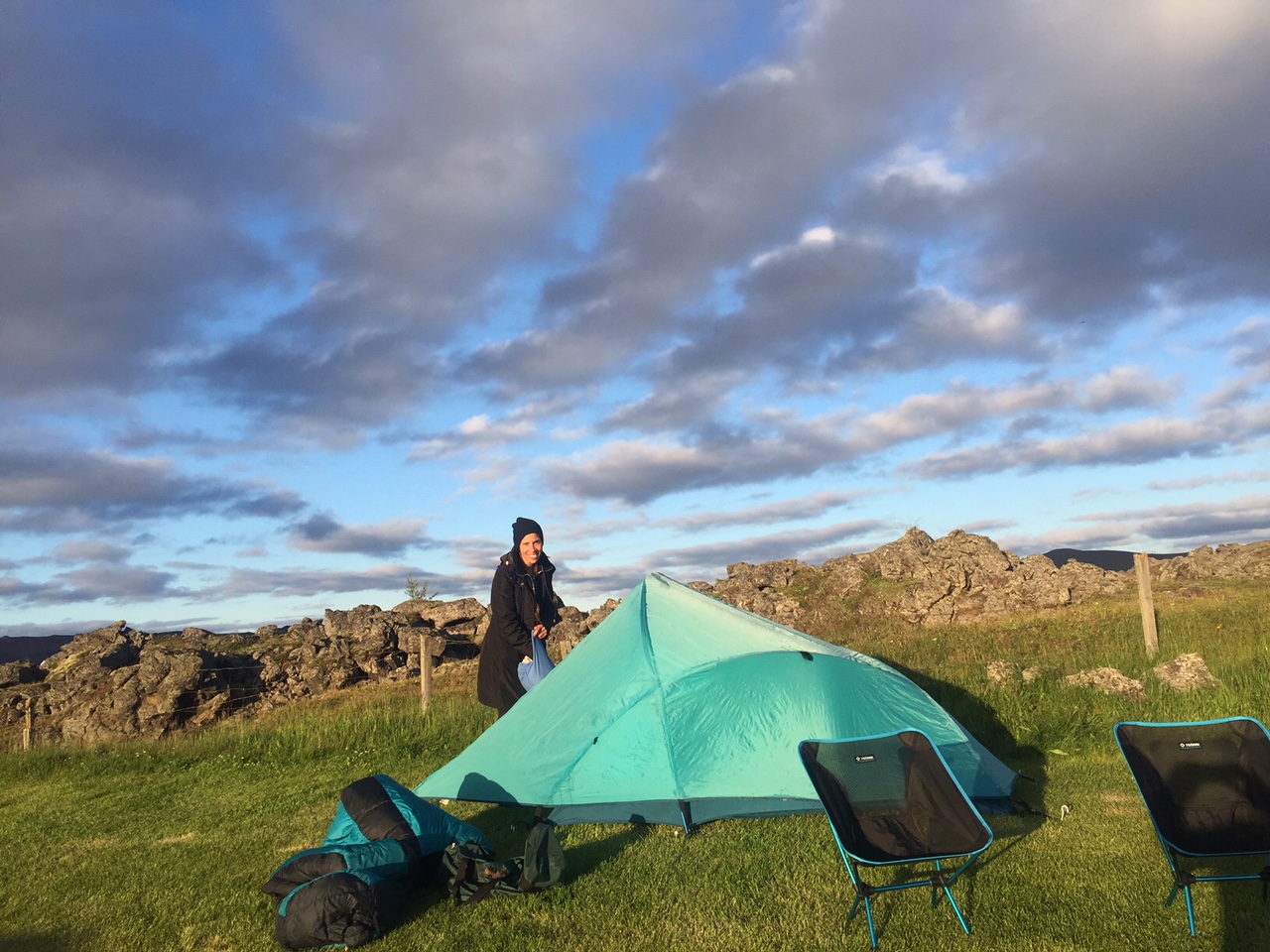
Iceland Photo Gallery Pt. 2
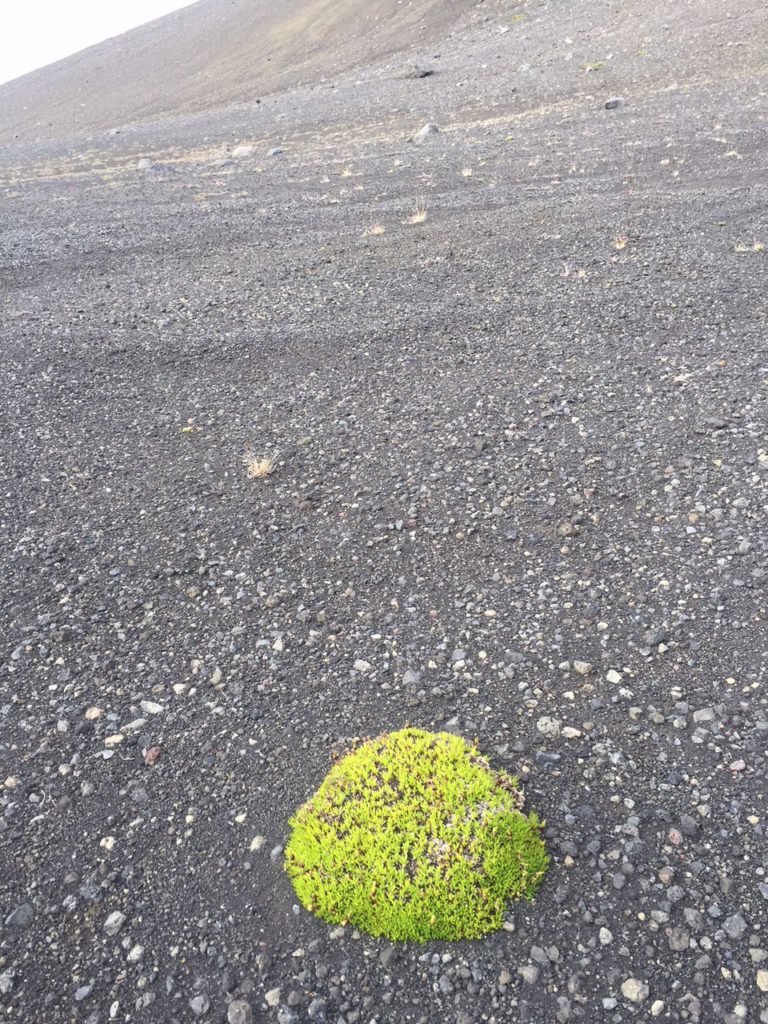
An island at sea https://norsk-apotek.com/. Base of the Hverfell Volcano, Myvatn, Iceland

Iceland Photo Gallery Pt. 1
17th Century Iceland: An Alternate Avenue To Wealth
An Alternate Avenue to Wealth
Seventeenth Century Iceland was a hard place to make a go of it. Especially for the lower classes, whom most of that hardship was distributed to. For the have-nots, living on the edge of the Arctic Circle, survival seems to have occupied all the moments of the day. But everyone needs escapist dreams, right? Isn’t that what the lottery is all about?
Well, in 17th century Iceland there was no lottery. So dreams of a better life needed a different outlet. For a small segment of the population that outlet was magic. Or witchcraft if you prefer. Which brought a hope to its believers that a charm or chant would keep the farm’s sheep healthy. Or prevent a storm from drowning a fisherman. Not unlike a prayer for the religious.
But hope can breed desperation. Which led some Icelanders to risk darker magical measures to improve their lot. Take for instance the desire for more milk. An understandable desire for those trying to stave off relentless hunger. Fortunately, a magical process existed for a bounty of milk. Though there was an anatomical price to be paid. But such were the times, that the price was considered reasonable by some who began and ended each day with hunger.
How to get that extra milk on the table? Well if the supplicant followed all the magical steps properly, a small beast would appear. The beast’s specialty was the theft of goat milk. Which it would bring back to its creator after stalking a jittery goat. Such work created a hunger in the beast as well. Conveniently, the beast had no taste for goat’s milk. Which would be contrary to the mission. So the beast had to get its milk from elsewhere. More convenience, as a nipple would grow out of the thigh of the beast’s creator. This was the price the creator paid for his creation. From the thigh nipple, the beast could suckle away on human’s milk. While just above its creator drank endless cups of ill-gotten goat’s milk.
Extra milk is all well and good. But the best way to leave the have-nots and join the haves, then and now, is an influx of money. Once again, black magic in 17th Century Iceland had an answer for the redistribution of wealth. Cue the “nabrok.” Which promised boundless riches. The nabrok directly translates from Icelandic as “death underpants.” For simplicity sake, let’s go with the more common translation of “necropants.” And like all pants, you have to put them on. A very tricky proposition as it turns out.
Let’s work through the process of putting those pants on together. First, we need a protagonist. A 17th Century Icelander living in abject poverty. Desperate enough to try anything to get out of that poverty. Let’s call our protagonist Magnus. (Though there is no reason in the literature why a woman couldn’t put on a pair of necropants, if she chose to do so.) One day, Magnus discovers some black magic that offers the desired escape from that poverty. Though the steps that need to be taken are beyond the range of most human imagination. Magnus hesitates. But the desperation in Magnus grows until it boils. Eventually, he reaches his tolerance limit and takes the plunge into the pool of black magic.
The first step is finding a willing donor. Magnus looks around until he settles on a friend that meets his criteria. One would hope Magnus practiced the conversation extensively before embarking on it. For it is an awkward conversation at best. Let’s say Magnus picks Lief. Who Magnus has to be certain will die before him. Preferably quite soon. If the conversation went perfectly it might sound something like this.
“Hey Lief, how are things?”
“Fine, what can I do for you, Magnus?”
“Well I, I figure you’re going to die before me.”
“Most probably, yeah.”
“Well, I was wondering if I could dig you up after you’re dead and buried?”
“For what purpose, Magnus?”
“It’s a little complicated, but I was hoping to flay your corpse from the waist down. I would do it gently and carefully out of respect for you and also the need to take the skin in one piece.”
“For what purpose, Magnus?”
“Unlimited wealth.”
“Hell, why didn’t you say so to begin with. Of course, I’m at your disposal.”
It is possible to imagine that conversation going in a number of unfortunate directions. But the conversation is critical. Because without permission from the original owner, the necropants will not work as advertised.
Now let’s assume the plan works. Lief dies. Is buried. Is disinterred by Magnus. Skinned. And reinterred. Magnus is standing by the grave bathed in moonlight. He takes off his own pants. Perhaps reconsiders one last time. Then slides his right foot into Lief’s right leg skin. Hopefully, the two men are of similar size. Then the left. Once fully encased, the magic begins. For Lief’s skin forms to Magnus’s body. The psychological ramifications of having a new penis are well beyond the scope of this article. Also beyond the scope is a protagonist choosing an opposite-sex donor. Which would have brought the transgender discussion to the forefront of 17th Century Iceland.
But this is only the first step, so to speak. There are more steps if the wealth is to rain down. Now Magnus has to briefly rob the poor. Black magic never seems to be easy. Specifically, Magnus has to steal a coin from a poor widow. Once he pulls off that low deed, Magnus starts placing things in his new scrotum. First he inserts a nabrokarstafur. Which is an ancient magical symbol written on paper. Then in goes that widow’s coin. Now the scrotum is primed and the magic is up and running. Every time Magnus needs a coin he just reaches down into his jingling scrotum and pulls one out. Preferably he does this privately. The arriving coins will be endless, provided Magnus doesn’t remove the nabrokarstafur and the widow’s coin. The record is unclear as to where a female would place her nabrokarstafur and widow’s coin. Though necessity truly is the mother of invention.
Mission accomplished. Magnus rises out of poverty. An easy life is had, but perhaps a difficult death. For nobody is getting through the pearly gates of heaven wearing someone else’s lower regions. As Magnus nears the end of his life, he must find a willing necropants donee. Otherwise, Magnus and his necropants are headed back to the hard life in a place where global warming is in full swing.
Therefore a second, challenging conversation must take place. “Hey Gunnar, boy do I have a proposition for you.” Let’s assume that Gunnar is joyously receptive to being the new owner of some used necropants. On the appointed day they meet. Preferably privately. Then Magnus willingly steps out of one leg, while Gunnar steps into that same leg. The transition critical, as mutual contact with the necropants must be maintained by the two parties. Or the spell is broken. The image of the transition priceless. Then Gunnar’s other leg goes in. And Magnus steps away.
Gunnar is now ready for an ATM in his underwear. Magnus, back to original, readies for his death. Probably reflecting that robbing a bank might have been easier. And in that way, the necropants could be passed down from generation to generation. Perhaps to this very day. Certainly, the current financial titans of Icelandic industry must be eyed with suspicion. Though to be fair, there is no historical record of the necropants ever being successfully worn. But wouldn’t the successful wearer keep such a thing secret?
The above is a replica of some necropants found in the Museum of Icelandic Sorcery and Witchcraft. The pile of coins below the necropants indicates the scrotum is still producing. The museum is found in the small town of Holmavik. Which is located in the remote and rural Westfjords of Iceland. A very difficult place to survive in 17th Century Iceland. Which is why witchcraft was more prevalent there than in other parts of Iceland.
But the practice of witchcraft in the Westfjords during the 17 Century was a dangerous endeavor. This was due to the behavior of the educated upper classes in the area. Many of whom had studied in Germany and Denmark. Where they learned of the witch execution craze that had taken place earlier in those countries. Upon return to Westfjords, these wealthy individuals decided to root out witchcraft in their neck of the woods. Which predictably they believed to be practiced exclusively by the lower classes. To accomplish the rooting, these individuals turned to the judicial system.
During the 17th Century, 120 accusations of practicing witchcraft were brought to trial in Iceland. An unusual percentage of them in the Westfjords. The trials can be seen as a form of class warfare. Since almost all of the accused were from the lower classes. Unlike the rest of the world though, most of the accused were men. In fact, 110 of the 120 labeled as witches were male. Of the 120 accused, 22 were found guilty and sentenced to death. Once again the ratio was disproportionately male, as only one female was executed.
The accusations ranged from the serious, causing death and destruction through witchcraft, to the ridiculous, causing a young girl to fart uncontrollably. No alleged necropants’ wearers were tried. The vast majority of the convicted were burned alive. The museum documents one unfortunate individual whose binding ropes burned off before their death. Allowing them to run out of the fire, on fire, while protesting their innocence. All of this nonsense continued until the craze faded. As they all must. After 1686, there were no more witch trials in Iceland. Which left all the necropants’ wearers unmolested to go about their business. Literally.

The Relentless March of Time

And so, it begins anew. Dad and Daughter Explore Iceland
(July 17, 2017, Somewhere in Iceland on a speeding train)
Goals
If the afternoon hike was to be free of complaint she needed sleep. As really all growing 14-year-olds do. But Iceland rushing by her window swarmed her eyes with stimulation. Making a nap seem far from possible. I explored some obsolete dad databases. And came to a dusty solution that had been planted during the earliest of her years. Would it still work?
The scenery was supportive. As sheep were in every foreground. But being a father often demands indirectness. Which is just another word for trickery. So I changed my sleep tactic into a game.
“Hey daughter of mine, how many sheep in the next 10 kilometers?”
“I don’t know, maybe seventy five.”
“I’m guessing you’re way low. Ninety five is my thinking. Chocolate bar to the winner.”
A pivot of her head began the counting. She made it to seventeen before subconscious memories flooded and her eyelids dropped. Counting sheep giving new and old meaning to sleep like a baby.

